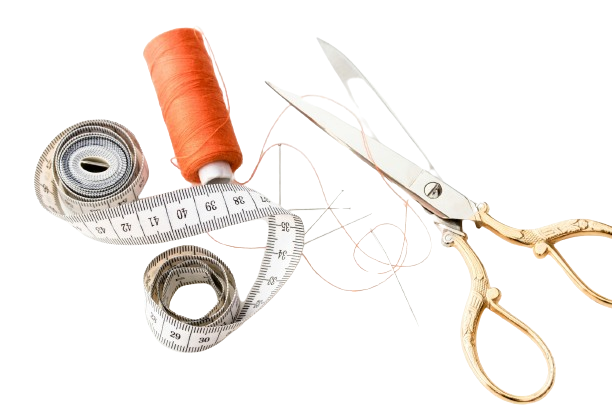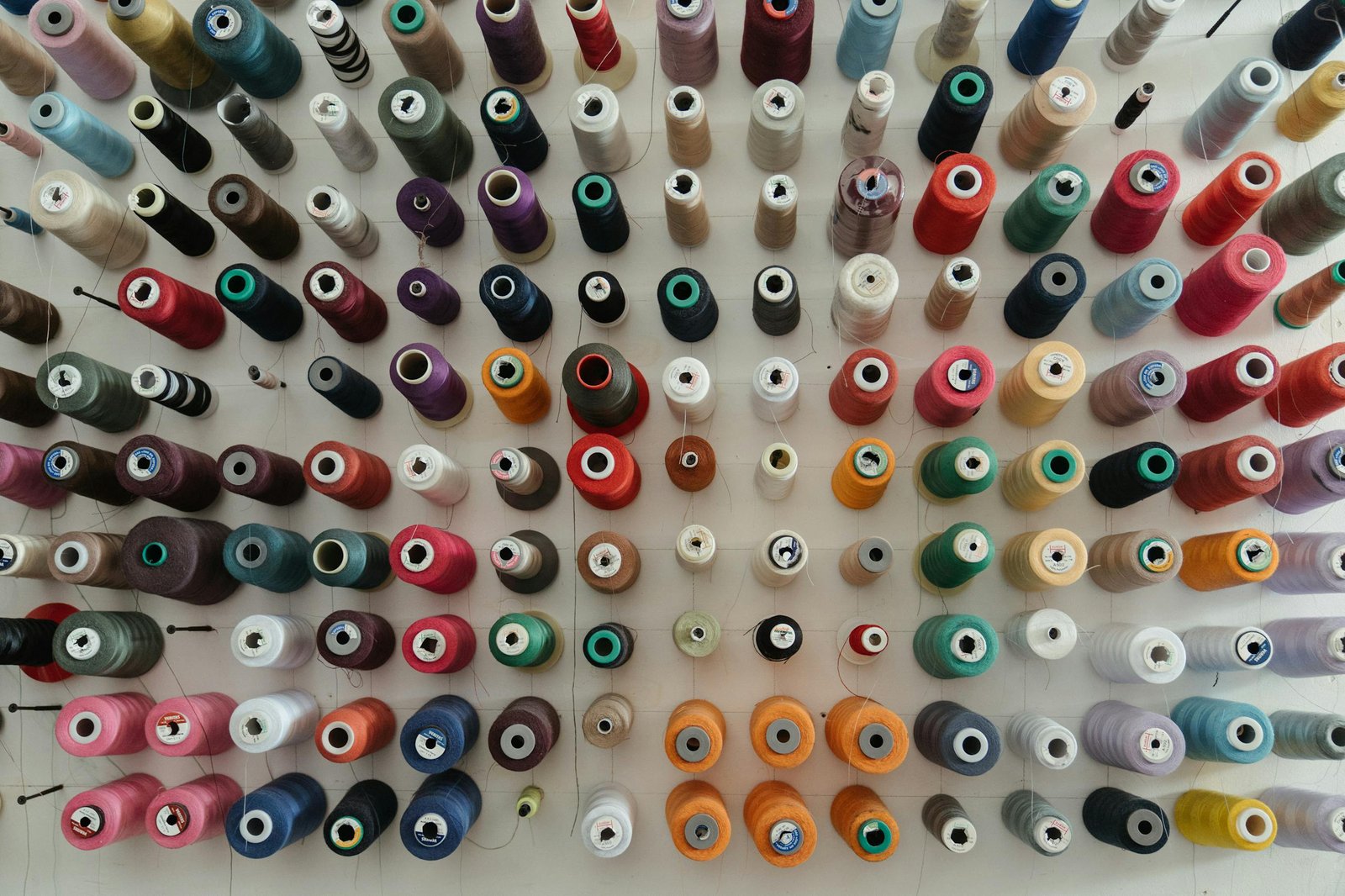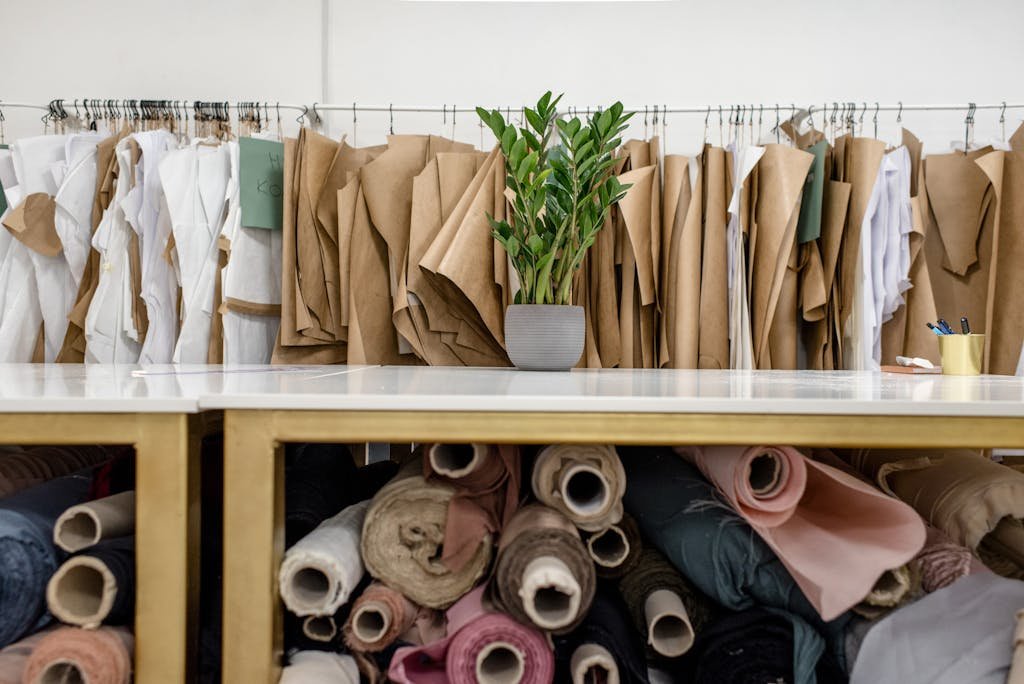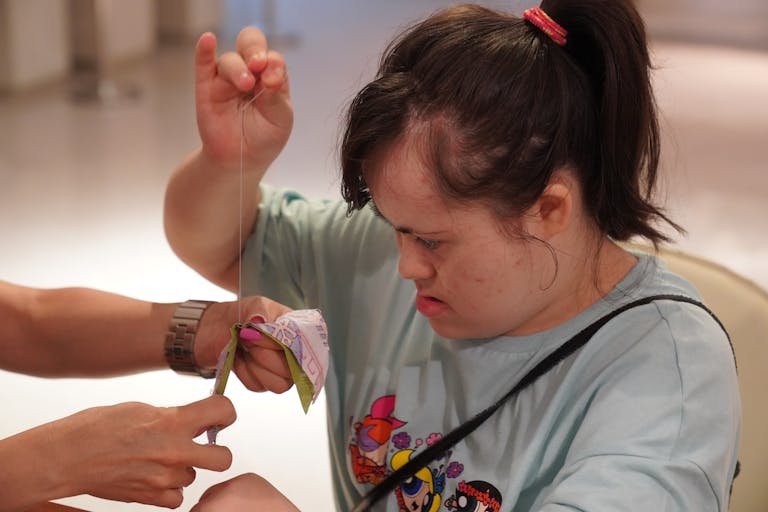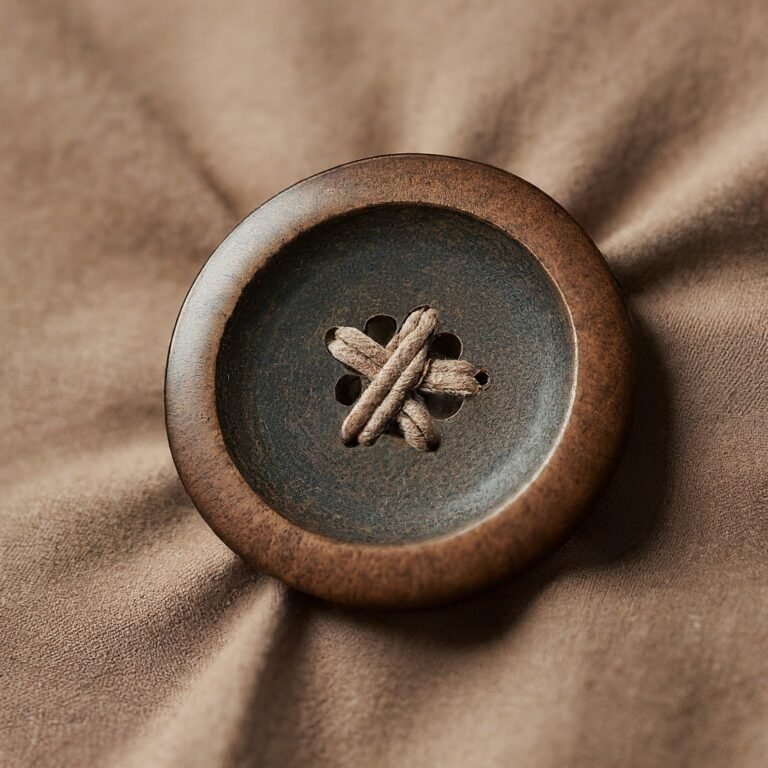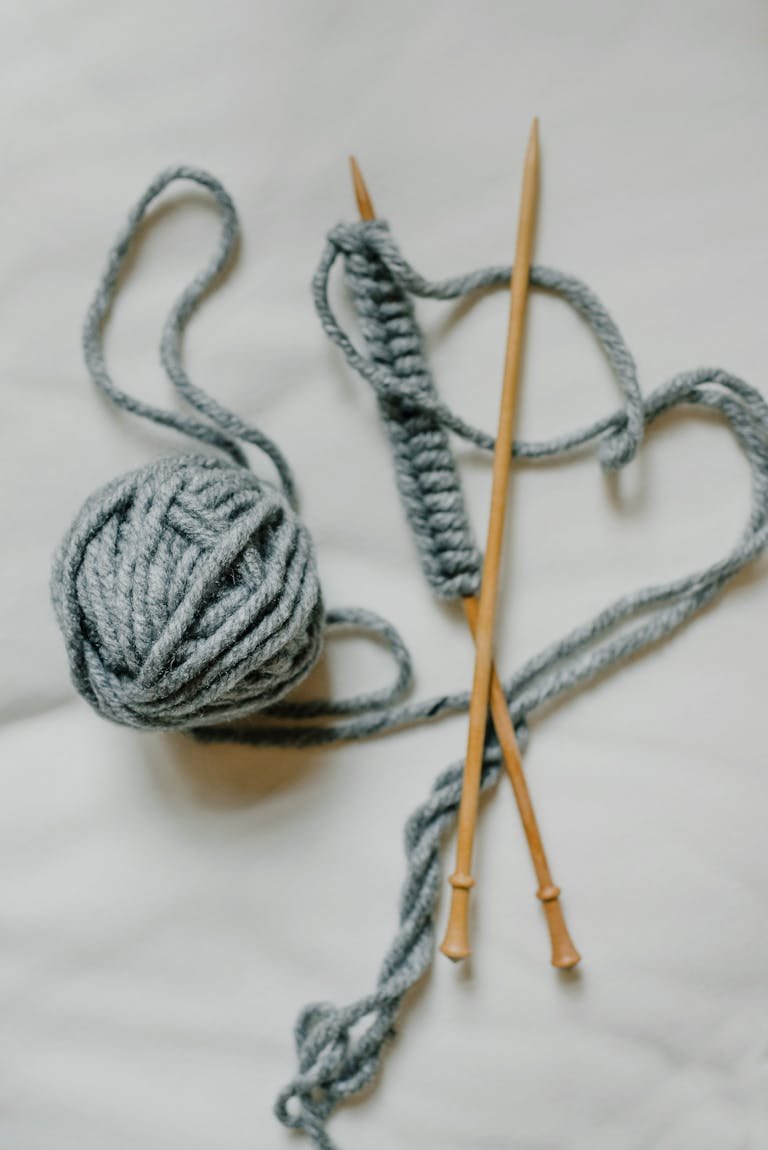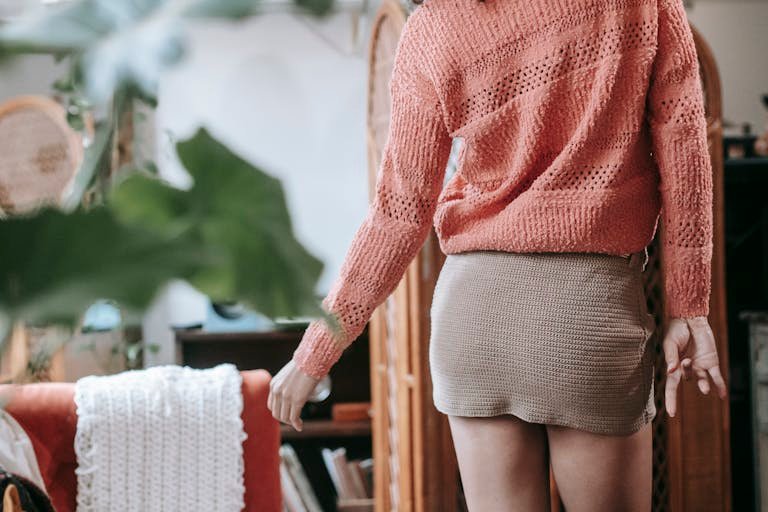Bobbin Blunder? Thread It Right!
Sewing is an art that allows us to express creativity while crafting functional items. Whether you’re a beginner or an experienced seamstress, understanding how to thread a sewing machine bobbin is essential for smooth and efficient stitching. This comprehensive guide will walk you through the process step by step, ensuring that How to Thread a Sewing Machine Bobbin and embark on your sewing journey with ease.
Steps to Thread a Sewing Machine Bobbin
Winding the Bobbin
However, before you can actually start threading the bobbin, you must first load your thread to it.
Prepare the Thread
First, select the appropriate thread color that should be the same as the fabric’s color or shade. Put the thread spool on the holder, typically at the top of the sewing machine. The spool holder helps ensure the thread does not twist as you wind the bobbin. Next, pass the thread through the thread guide, a small loop or notch near the spool holder. This aids in regulating the thread tension during winding. Wrap the spool around your fingers and pull approximately 6 inches of the thread.
Find the Bobbin Winder
The bobbin winder is usually a small metal pin located on the right side of the sewing machine. In your model, there might be a lever or switch that you have to flick to switch on the model. If you are in doubt, use your machine’s user guide.
Place the Bobbin
In most sewing machines, there is an explanation of where to insert the thread when winding it. In most cases, you will have the bobbin as shown with the thread coming off the top clockwise and then place it on the bobbin winder pin. Check that the bobbin has engaged properly.
Engage the Bobbin Winder
Rotate the bobbin winder lever or switch to the right to activate it. This action often results in the rotation of the bobbin winder in anticipation of winding the thread.
Hold the Thread Tail and Start Winding
As the bobbin starts to spin, grasp the thread tail lightly to avoid entanglements. When the bobbin winds several times and the thread is firmly wrapped, you can let go of the thread tail. The machine will keep on winding the bobbin.
Stop Winding
It is common knowledge that most sewing machines stop winding the bobbin once it is full. This may sound like clicking, or you may even meet some resistance. If your machine does not stop automatically, look carefully at the bobbin winding and stop when it is wound almost to the top of the case.
Remove the Bobbin
When the bobbin is completely wound, turn off the bobbin winder lever or switch to the left position. Trim the thread tail to the bobbin end. Your bobbin is now ready to be inserted into the bobbin case.
Threading the Bobbin Case
With the bobbin wound, the next step is threading it into the bobbin case.
Locate the Bobbin Case
The bobbin case is another accessible part of the sewing machine which contains the bobbin and from where the thread is released at the bottom part of the machine. Depending on the model, it can be located in a compartment on the front or the side of the sewing machine. Pull down the tab to unlock the bobbin case compartment.
Thread Direction
A particular concern concerns how the thread comes off the bobbin, only counterclockwise. Imagine the bobbin as a clock; you want the thread to unwind slightly below 7 o’clock. This direction contributes to the efficient setting of tension and the production of neat stitches.
Place the Bobbin
When the thread comes off in an anti-clockwise direction, put the bobbin into the bobbin case. You may hear a small clicking sound or feel its seats all snugged in.
Thread the Bobbin Case
Thread the tail of the thread through the hole in the bobbin case. The tail can be longer or shorter, but it often ends at a small spring-loaded tension disc. This disc assists in setting the right tension for the thread when sewing.
Pull the Thread Under the Tension Disc
Wind the thread under the tension disc and ensure it passes through the guides or notches, if any, provided to facilitate insertion of the bobbin case. When the thread is well positioned on the fabric, it may be tight. Remove approximately 6 inches of thread to have ample working space in the next sewing stages.
Close the Bobbin Case
Turn the latch on the bobbin case to close it and lock the bobbin in its place. This step helps to prevent the bobbin from moving within the sewing machine while sewing is ongoing.
Inserting the Bobbin Case into the Machine
Now that the bobbin is threaded in the bobbin case, it’s time to insert it into the sewing machine.
Locate the Bobbin Case Compartment
The bobbin case compartment usually opens at the bottom front of your machine. Some machines have a cover you need to open to access this compartment.
Insert the Bobbin Case
Place the bobbin case into its compartment following any guiding arrows or notches. It should click into place, indicating it’s securely seated. Ensure it’s aligned correctly as improper insertion can lead to thread issues.
Thread Retrieval
There is generally a small hole or indentation next to the bobbin case to pull up the bobbin thread. Using a needle or tool provided by the machine, you should remove a small loop of the thread from the bobbin case. This step gets the thread ready to be sewn and is done to avoid tangles or thread catching.
Final Steps
With the bobbin in place, the last steps involve threading the needle and unifying the threads.
Threading the Needle
Always read the sewing machine manual to determine the recommended needle thread. Generally, one operates along the guide threads in one’s machine until the thread reaches the needle. Then, draw the thread through the eye of the needle while ensuring about an inch of the thread protrudes from the eye end.
Unifying the Threads
The thread and the thread loop you pulled from the bobbin case are still on the needle. Pull both threads further until they reach the midpoint, and you realize that a loop of thread is coming up from beneath the presser foot. This shows a sign that both threads can be sewn and are already in position for the sewing process. It is now threaded and prepared for use.
Read Also: How to Embroider a Sweater: A Detailed Guide
My Final Words
Threading a sewing machine bobbin looks complicated, but with the following correctly illustrated procedure, it should not be a problem. Correct bobbin threading leads to a smooth and evenly produced bobbin, making your sewing work more enjoyable and profitable. It will take several attempts to perfect it, so do not worry if it takes numerous attempts to do it fittingly.
